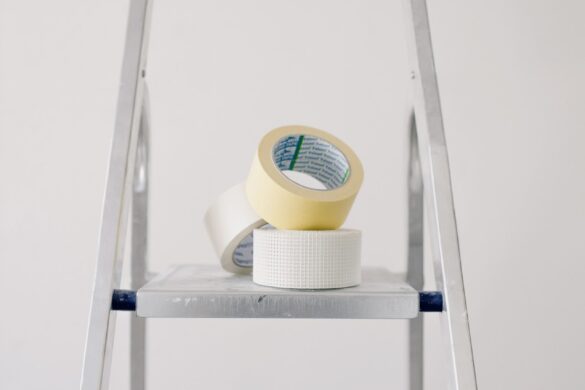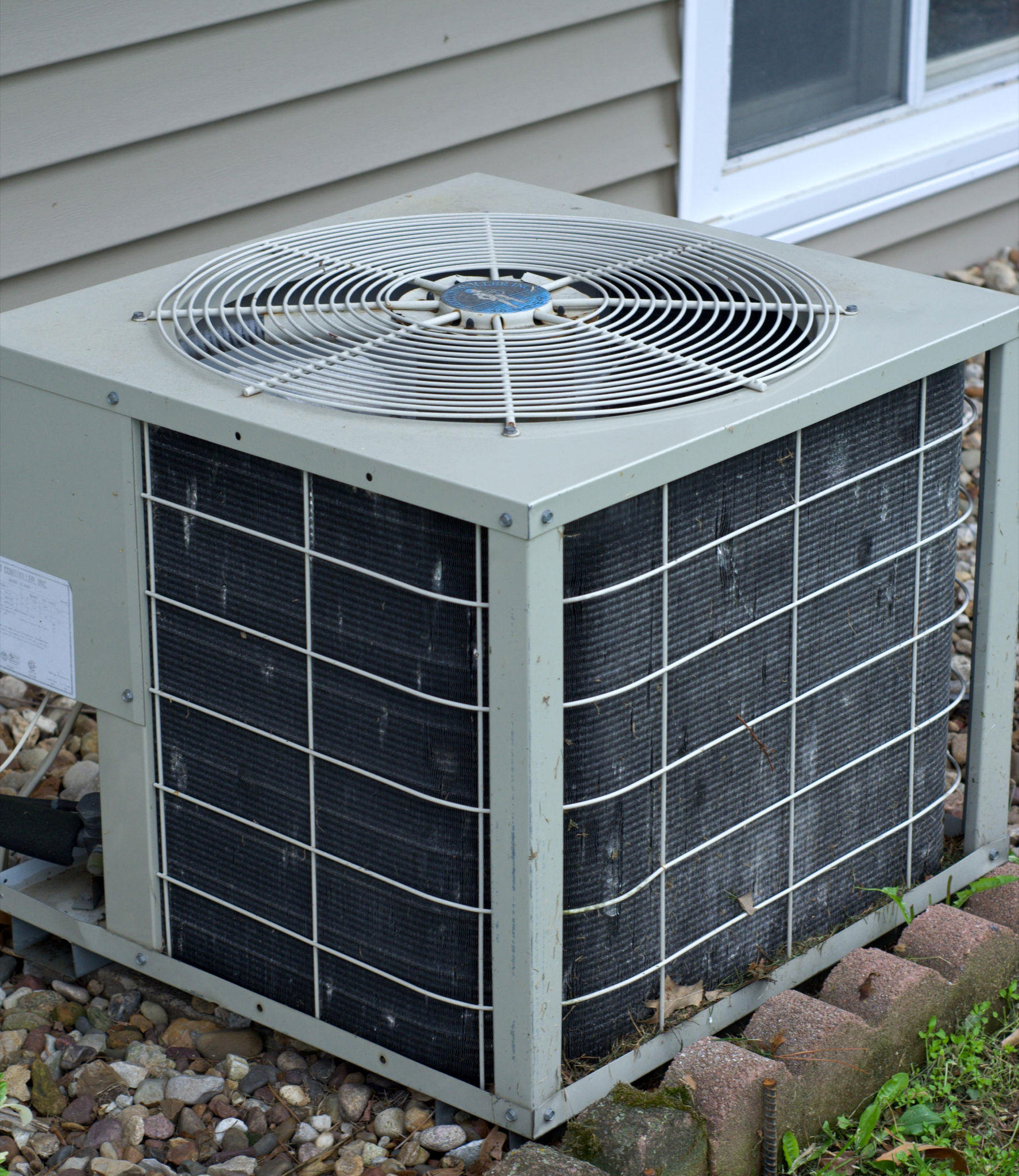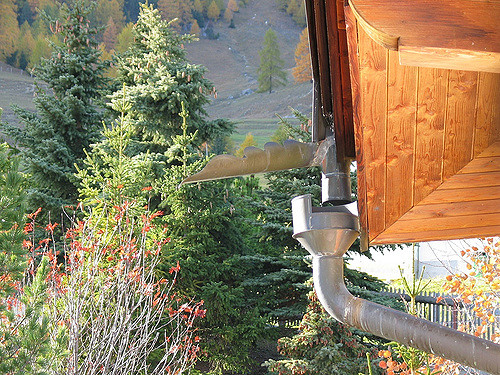
Vape juice is a substance that’s used in all kinds of vaporizers and it comes in all different kinds of flavors. Vape juice can also go by the names E-juice, vapor-liquid, and e-liquid.
Vape juice can contain different levels of nicotine or it may not contain any nicotine at all. But what is in vape juice?
The substance is mainly comprised of both propylene glycol (PG) and vegetable glycerin (VG). Additional ingredients, such as nicotine, food flavoring, and water can be added to vape juice too.
Are you interested in learning more about the contents of vape juice? And do you want to know how to make your own? If so, then continue reading and we’ll walk you through everything you need to know!
What Is in Vape Juice?
The majority of vape juice is just vegetable glycerin and propylene glycol. Let’s look at what these two substances actually are and what else you can expect to find in vape juice.
Propylene Glycol (PG)
PG is one of the main ingredients you can expect to find in vape juice. It’s a humidifier and it provides a strong vapor for use in vape juices and some pharmaceuticals. PG is also used in theatrical smoke machines, sunscreen, lotions, as a solvent in pharmaceuticals, shampoos, and shaving cream.
PG can also be used to keep things moist, to preserve and stabilize food flavorings, baked goods, and pet food. And it’s sometimes used as an emulsifier in cosmetic creams.
It’s used in so many consumer goods because it’s generally viewed as safe. While there isn’t a lot of data at the moment on the effects of inhalation, one known effect is irritation of the respiratory tract. This delivers a “throat-hit” to e-liquids that allows it to imitate the feeling of inhaling smoke.
PG is also able to enhance the flavors of the vape juice and it’s less dense than VG. It also works as an alcohol and it doesn’t have an odor. The taste of PG is slightly sweet.
Vegetable Glycerin
VG comes with the chemical name 1,2,3-propanetriol and is the other main ingredient in vape juice. Some vape juice brands will use a 50/50 mixture while others will use more PG than VG or vice versa.
VG has a variety of applications. It’s used in pharmaceuticals (mainly creams and cough syrups), food (sometimes as a sweetener or to retain moisture), cosmetics (as a lubricant, solvent, and moisture retainer), and in tobacco (to retain moisture).
VG, as with PG, is generally considered to be safe. However, it can create respiratory irritation when it’s inhaled. VG has very low toxicity overall.
Nicotine
Nicotine is the primary addictive ingredient that can be found in tobacco. It’s also the main reason why most people choose to use vaporizers. Nicotine tends to get a bad reputation, but that’s mainly due to its close association with tobacco products rather than its own unique properties.
When nicotine is isolated from tobacco smoke, the evidence shows that the health risks are minimal. This is true even in the main area of concern – cardiovascular dangers (meaning risks the blood vessels and heart).
Even after the more serious risks caused by nicotine are assumed, the benefit of switching to vaping from cigarettes still greatly outweighs the dangers that nicotine poses. Also, research shows that electronic cigarettes deliver between one-third to one-fourth the amount of nicotine that one tobacco cigarette delivers.
If you’re looking for a smoking apparatus that delivers less nicotine and less tobacco, then you should definitely consider e-cigarettes and vape juice.
Flavorings
As with food products, the term “flavorings” can be used as a catch-all term for all kinds of other flavors and ingredients you might find in vape juice. The difference between flavorings in food and flavorings in vape juice is that there has been extensive research on the safety of flavorings in food. The same can’t be said for vape juice.
Diacetyl is one good example of this. Diacetyl is a flavoring that’s usually used to provide a buttery taste. It’s found to be safe to eat but can have negative effects on lung function. Because of this, many producers have stopped using diacetyl in their vape juices.
Flavorings such as:
- vanillin (a vanilla flavor)
- ethyl maltol (a sweet, bakery-like flavor)
- malic acid (a sour, fruity flavor)
- linalool (gives a herbal flavor, like coriander)
- acetyl pyrazine (a graham cracker-like flavor)
are often used in e-liquids and are generally viewed as safe.
Mixers might use natural or artificial chemicals for flavoring. And the difference between natural and artificial flavors is minimal.
An artificial flavor is going to be based heavily on a natural chemical. Some strategic changes are might be made along the way to alter the chemical. Natural flavors are best used to capture true flavors and this is especially true in a complex blend of tastes like tobacco.
When a natural flavor is synthetically replicated, the resulting taste of its complexity and its depth can be diminished. It’s important to remember that everything you taste ultimately comes down to the product’s chemical characteristics. And messing around with these chemicals can lead to undesirable effects on the taste.
This is why there are many tobacco vape juices that don’t particularly taste realistic. And if you ever make your own vape juice, it’s generally better to go with natural flavors.
Trace Components
There can also be some trace components in some flavor ingredients. There are also usually tobacco-specific nitrosamines present that can be found in vape juice due to the pharmaceutical-grade nicotine used.
These nitrosamines are carcinogens. The goal then is to make sure that the amount of nitrosamines is minimized as much as possible.
The fact that many vape juice manufacturers use pharmaceutical-grade nicotine gives the impression that these same chemicals can be found in nicotine gums and patches too. And that tends to be the case.
The concentrations of nitrosamines are similar between the two and you’re exposed to fewer nitrosamines from vaping than if you were to smoke tobacco.
Other Chemicals in Vape Juice
Many of the other trace chemicals that can be found in studies of e-cigarette chemistry are made during the process of vaporization. One example is when PG degrades into formaldehyde (and other carbonyls) when it’s vaporized.
Once more, you will be exposed to many times more formaldehyde when you smoke tobacco cigarettes than if you vaped. You’ll only get close to cigarette-like levels when you take a “dry puff.”
A dry puff is when there isn’t enough vape juice left in the device. So the atomizer heats up but you only end up with a dried-out vapor that has an unpleasant flavor.
How to Make Your Own Vape Juice
To put it simply, making your own vape juice involves mixing together the main ingredients that makeup e-liquid. As we’ve already discussed, those ingredients are the base liquid of VG and PG, nicotine, and flavor concentrates.
You don’t have to use all of these ingredients if you don’t want to. For example, if you don’t want to consume any nicotine, you don’t have to include it in your recipe. Or you can abstain from using any flavors if you so choose.
While making your own vape juice might appear to be overwhelming at first, it’s actually fairly easy.
What Do You Need to Make Your Own Vape Juice?
No matter what method you end up using to make your own vape juice, you’re going to need the same essential e-liquid ingredients throughout. Let’s look further into the main components below.
Base Liquid
Base liquid is made up of PG and VG. These are the two most important ingredients when it comes to making vape juice.
Your base liquid is going to be unflavored and not contain any nicotine. You can buy premixed solutions. You can also purchase VG and PG separately so that you can have more control over the ratio.
Generally, when just starting out, it’s best to do a 50/50 mixture.
You also want to make sure that both the PG and VG are pharmaceutical grade. This is going to make sure that the liquids are of high quality.
Flavor Concentrates
The flavor concentrates are going to determine what your vape juice will taste like. You want to make sure that you’re only using concentrates that are specially made for vape juice. You should avoid essential oils and things like that.
You can find thousands of different flavor concentrates online and you can combine them in countless ways.
You can also buy containers that come premixed so you don’t have to worry about getting the flavors just right.
Nicotine
Nicotine is the most option ingredient here. The strength of the nicotine that you decide to get will depend on your nicotine preference level.
A 100 mL bottle of 36 mg/mL nicotine should be just right for beginners. Usually, nicotine is suspended in a PG solution, but you can also find it in different ratios.
Supplies
You will need storage bottles to store your base liquid in. Some 100 mL condiment bottles should do the trick. If you use nicotine, then you should store the nicotine in amber bottles.
You’ll also need vape juice bottles. Buy a variety of 10 mL plastic bottles for test recipes. You should also get some 60 mL bottles to make large amounts of your favorite homebrew vape juice.
A beaker will help you measure everything out.
Lastly, you’re going to need a good pair of disposable gloves. This will help keep your hands safe and your equipment clean.
Instructions
The first step is to find a recipe online that seems easy and like something you would enjoy. Once you find your recipe, it’s time to get to work.
Put your gloves on and then get your beaker ready. Transfer the necessary amount of PG that the recipe calls for to the beaker. Do the same thing with the VG.
Next up, add the appropriate amount of flavoring to the beaker. Do the same thing with the nicotine concentrate.
Now, you have to mix all of the ingredients together. You can do this by giving the mixture a good stir. Do this for a few minutes.
Once you’re done, transfer your e-liquid to one of your vape juice bottles and then give the bottle a good shake.
Now, it’s time to steep the e-liquid. Place the concoction in a cool and dark place for two to three days. Give it a shake once each morning and once each evening.
Two to three days later, your juice is finally ready to be vaporized.
Labeling
After you mix the ingredients but before you steep the vape juice, you should label all of your bottles. On the label, you want to put the nicotine level, date created, PG/VG ratio, and flavor percentages. This way, when you come upon the perfect blend, you won’t be left trying to figure out how you made it.
The Importance of Knowing All About Vape Juice
Hopefully, after reading the above, you now feel that you have a pretty good answer to the question: what is in vape juice?
As we can see, vape juice is a pretty simple concoction. And when you make it yourself, you can have more control over what’s going into your vapes and into your body.
Are you looking for other helpful lifestyle articles like this one? If so, then make sure to check out the rest of our blog today for more!








